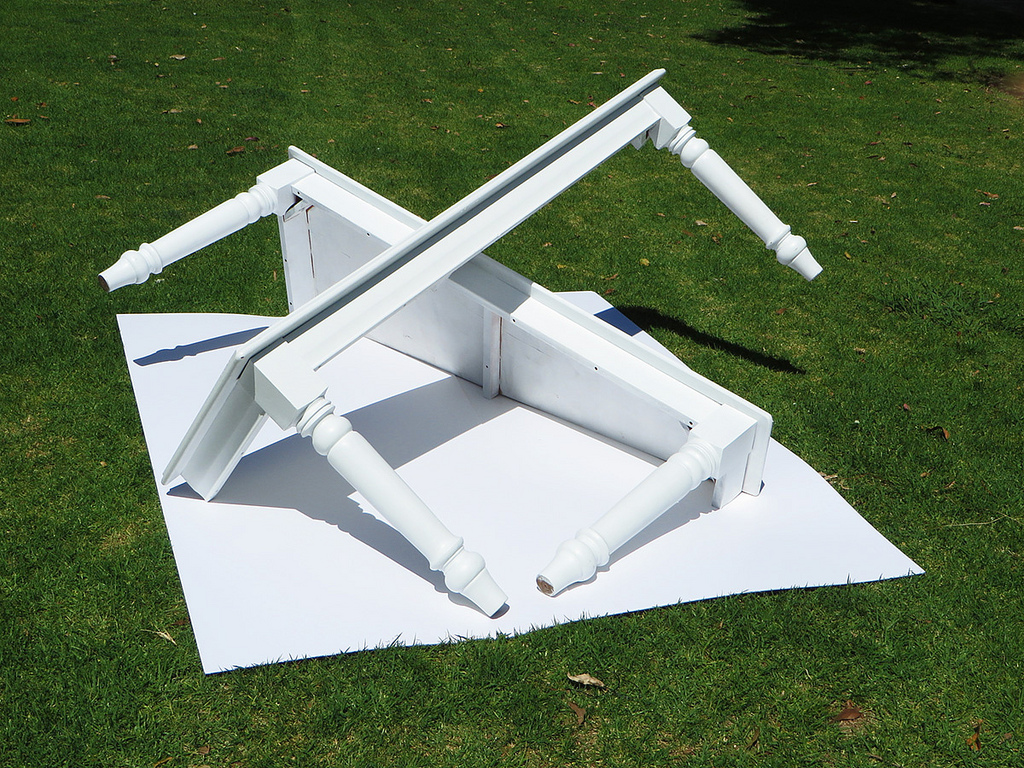Focusing on One Shovel Full of the Mountain at A Time
With my years of construction experience, I tend to view things from a building perspective. The things needed to build a good structure are the same for building a good business.
These things are:
• Purpose – The why, the reason for building it, who is it going to serve?
• Design – How is it going to look, how is it going to serve (products, services or both)?
• Style – Personal preference of the finished project, not everyone wants everything to be the same, we are all individuals.
• Foundation – This is what supports everything else, the core values of the construction.
• Framing – This is what sets on the foundation and connects everything, it is the system of operating.
• Tools – These are used to put everything together and maintain it daily.
• Team – The people employed to put the pieces together and to perform the daily operations.
 There is a lot that goes into building something. I have written about how building and operating a business can be like standing in the shadow of an overwhelming mountain and the importance of having a clear plan and being organized. It is easy to be pulled in many different directions when trying to build and operate all the different pieces of a business.
There is a lot that goes into building something. I have written about how building and operating a business can be like standing in the shadow of an overwhelming mountain and the importance of having a clear plan and being organized. It is easy to be pulled in many different directions when trying to build and operate all the different pieces of a business.
By nature, I tend to make things complicated (sometimes more than they need to be). This is in part due to my focus on detail and isn’t all bad. The down side to being like this is that things don’t get done very fast. I know that I need help to build my business and move my mountain.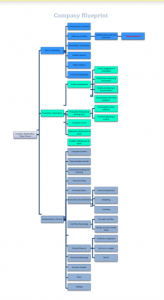
I have been working to get better at sharing shovels. I have determined that one of the things I’ve done in the past is to overwhelm new team members. So, to avoid this I am working on ways to simplify the system and to focus on one shovel of the mountain at a time.
Our business has three areas of focus; Sales/Marketing, Production/Operations and Administration/Finance. There is a lot in each of these areas and they all are critical to the support of the business. Keeping them operating equally is one of the most important and difficult tasks.
The focused shovel today is preparing a Proposal. This is the area that I’m currently working on in preparation for my Administrative Assistant. It involves things that both I need to do and things I can delegate.
Preparing a Proposal involves:
• Meeting with the customer – Finding out what the project consists of and helping them figure out what their dream is. Take pictures, get measurements and make the necessary notes needed.
• Writing down the scope of work to be done – Fill out the areas and categories of the Bid Sheet with the explanation of the work to be done.
• Preparing the price for doing the work – Use the information gathered to determine lineal feet, square feet, cubic feet, etc. of the different areas described in the Bid Sheet and enter it into the Worksheet.
• Compiling this information on to the Proposal – Take the information of the two previous bullet points and put it on the Proposal to be presented to the customer.
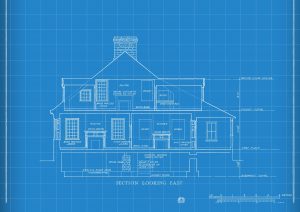
I know that I have almost forty years of developing this system and I need to get it out of my head, simplify it and put it on paper if I ever hope to move this mountain.




 importance of being intentional about the plan.
importance of being intentional about the plan. Think of your life or business as a construction project. It all begins with a dream. You can see the vision of the completed project in your mind. The tricky part is getting that dream out of your head and making it a reality? Having it drawn out will let you see if it looks like your dream or not. It’s better and easier to make changes and corrections during the planning, rather than the construction. It improves the clarity of communication between all parties involved.
Think of your life or business as a construction project. It all begins with a dream. You can see the vision of the completed project in your mind. The tricky part is getting that dream out of your head and making it a reality? Having it drawn out will let you see if it looks like your dream or not. It’s better and easier to make changes and corrections during the planning, rather than the construction. It improves the clarity of communication between all parties involved.
 passed since then, that for most people it’s become a distant memory. If you have ever talked with someone who went through the depression or a similar experience, saving money was more than something that needed to be done, it often was the difference between life and death.
passed since then, that for most people it’s become a distant memory. If you have ever talked with someone who went through the depression or a similar experience, saving money was more than something that needed to be done, it often was the difference between life and death. way to separate money that would be needed later. How was I going to do it? Several years ago, my wife and I found out about Dave Ramsey and his Financial Peace Program**. It is a program that teaches you to, “Live like no one else, so that later you can live like no one else.” The very first lesson he teaches is “Super Saving”. It is a common-sense approach to saving money and the reasons it is important to do so. This was great for my personal finances but wasn’t an exact fit for my business.
way to separate money that would be needed later. How was I going to do it? Several years ago, my wife and I found out about Dave Ramsey and his Financial Peace Program**. It is a program that teaches you to, “Live like no one else, so that later you can live like no one else.” The very first lesson he teaches is “Super Saving”. It is a common-sense approach to saving money and the reasons it is important to do so. This was great for my personal finances but wasn’t an exact fit for my business.
 While she was sleeping the bears came home to find that someone had been eating their porridge, sitting in their chairs and sleeping in their beds. Just then Goldilocks woke up and ran screaming from the house.
While she was sleeping the bears came home to find that someone had been eating their porridge, sitting in their chairs and sleeping in their beds. Just then Goldilocks woke up and ran screaming from the house. over. It often ends in disaster with unhappy customers and/or going out of business.
over. It often ends in disaster with unhappy customers and/or going out of business.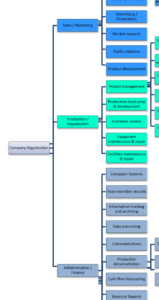

 There is a limit to how much a single individual can do. We can only run back and forth keeping the plates spinning for so long before they start falling and breaking. This means there is a maximum number of people that I can provide my services to by myself.
There is a limit to how much a single individual can do. We can only run back and forth keeping the plates spinning for so long before they start falling and breaking. This means there is a maximum number of people that I can provide my services to by myself.
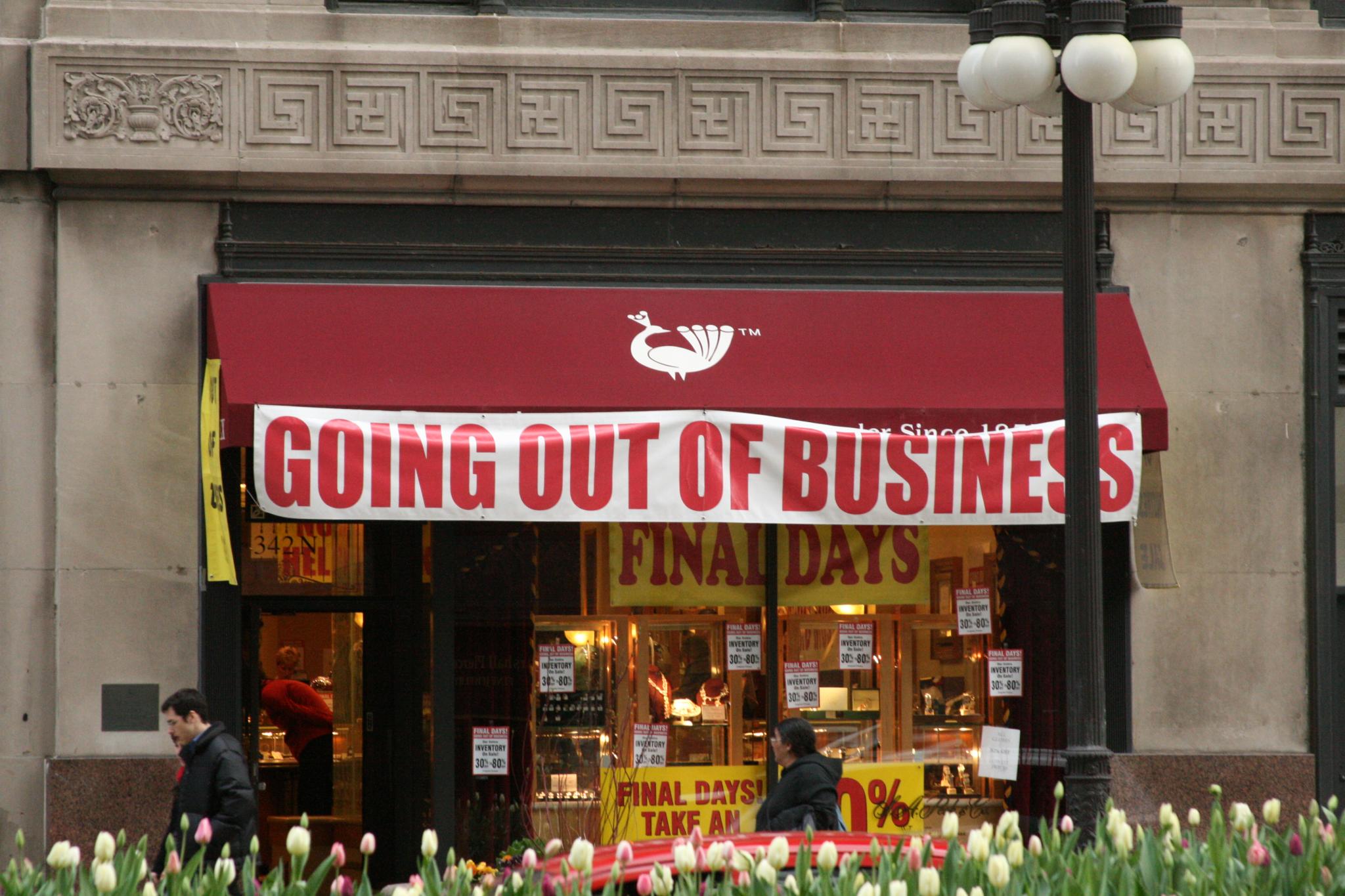
 It is common for people to start a business without a plan. Generally, someone has learned a trade or a craft and for whatever reason they decide to go into business on their own. Most of the time they have given little, if any, thought to business structure. They show up every day working hard and then…surprise, you owe some taxes and haven’t saved any money to pay them. They needed a plan, a blueprint for building the business.
It is common for people to start a business without a plan. Generally, someone has learned a trade or a craft and for whatever reason they decide to go into business on their own. Most of the time they have given little, if any, thought to business structure. They show up every day working hard and then…surprise, you owe some taxes and haven’t saved any money to pay them. They needed a plan, a blueprint for building the business.

